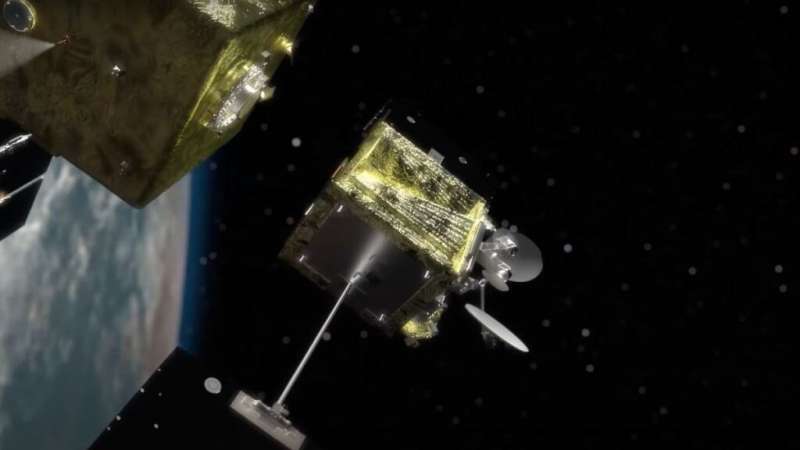It's unclear how many of these projects a single ELSA-M satellite can take on, but the "multiple" in its name implies at least more than one.
This mission comes on the heels of a successful demonstration mission known as ELSA-D (or "demonstration"). While that mission was initially planned to prove out four separate tasks for deorbiting, so far, the company has only announced they have completed one. The ELSA-D craft launched with a "client" satellite that was released from the "servicer" satellite and recaptured using proprietary magnetic technology. Most impressively, it released and captured the client repeatedly.
However, the other three steps, including capture with and without tumbling and "diagnosis" steps, have yet to have their results announced, though the mission was launched over a year ago. Those very practical problems will also be in play for any commercially viable solution to the problem of space debris, so at some point, Astroscale will have to prove their system can work.
That's assumedly where ELSA-M comes in. The company's website describes a servicing satellite with chemical and electric propulsion systems that build on the flight heritage of ELSA-D. Its offerings will include searching for the client satellite, inspecting it, and creating a safe approach that will allow for a capture.
However, that last bit is only true if the satellite in question happens to have a Docking Plate, as designed by Astroscale themselves. This necessary piece of hardware not only contains the pneumatics and magnetic kit to allow for the actual bonding to take place, but it also contains a QR code that identifies the orientation of the client satellite and conveys some other information to the ELSA-M servicer.
Astroscale encourages users to contact them to plan their end-of-life servicing as part of their satellite design. Most responsible satellite providers do understand the danger space debris poses. However, there isn't a regulatory framework requiring them to abide by Astroscale's, or anyone else's, suggested technology requirements to enable safe debris disposal. It's also unclear when, or even if, such a regulatory framework will be forthcoming. Maybe waiting for Astroscale to prove its technology will be the necessary spur to kick off what will undoubtedly be a necessary feature of space access as it becomes more and more widespread. And maybe ELSA-M will itself be that technology demonstration. For now, only time will tell.
Provided by Universe Today



